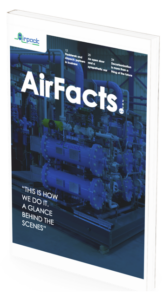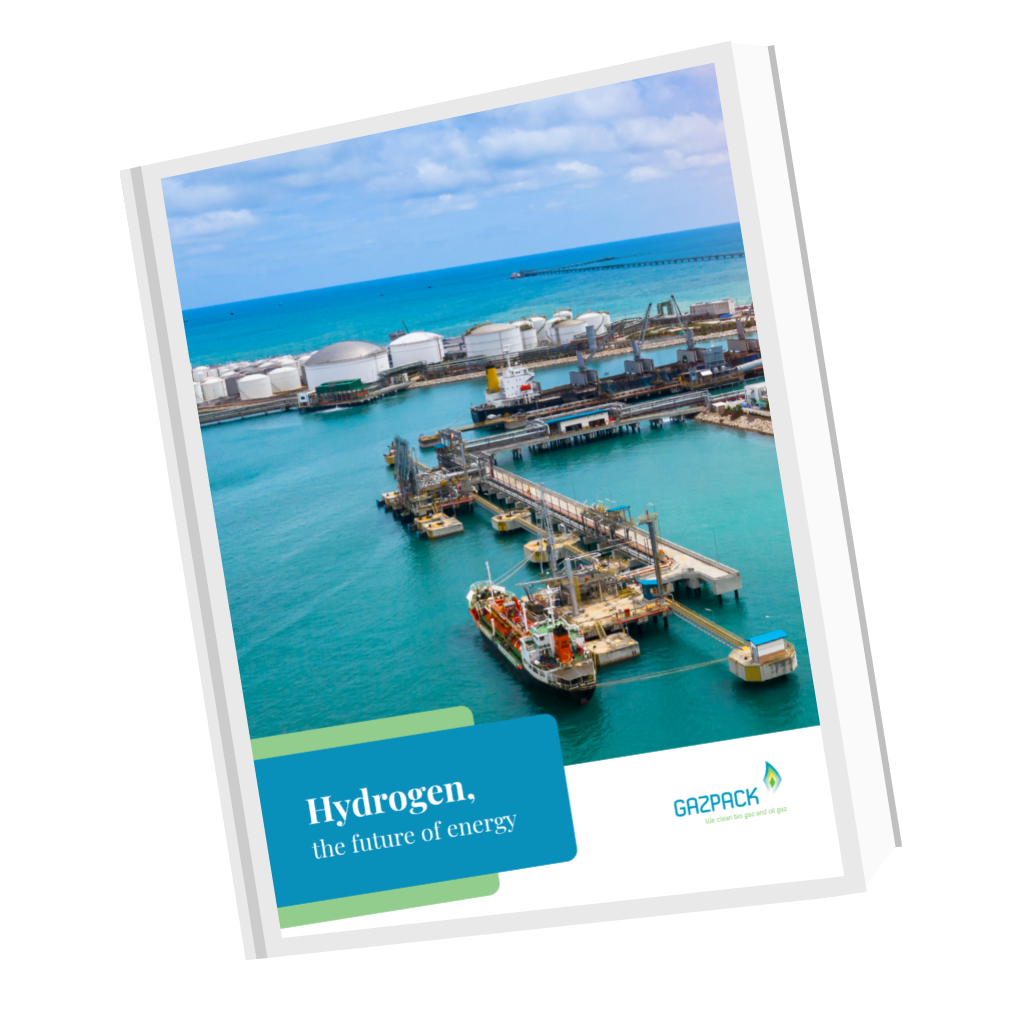Biogas calculator
Do you want to know how much clean energy you can produce with your substrate? Calculate your footprint.

One hectare equals a parking place of one Airbus380

One hectare equals two soccerfields.
Not all biogas is created equal. Much depends on the quantity and quality of substrate, i.e. the organic matter used for anaerobic digestion. When these materials are sealed off from oxygen in a digestion tank, they are subject to bacteria that cause chemical decomposition over time. At the end of the process, two gaseous compounds — methane (CH4) and carbon dioxide (CO2) — are released. The methane is then available to be utilized for conversion to electricity or as fuel for conveyances. In some instances the biogas must be treated before use. Its efficiency and value is estimated by a biogas calculator.
Variables for a Biogas Calculator
Like any calculator, one evaluating biogas requires certain inputs. The kind of substrate is necessary, of course for any meaningful biogas calculation. The feedstocks can vary widely — from garden compost to fats and greases; from wastewater sludge to oat hulls and cheese whey; and from vegetable waste to the myriad manures: beef cattle, dairy cows, pigs and poultry. How many tons per year also factor into the workings of a biomass calculator since the amount of biogas produced is a function of such quantities. The aim is, clearly, to retrieve the most biogas from the least biomass. That said, the capacity of the biogas plant will have a direct bearing on pricing.
The magnitude, purpose and process of the biogas plant are likewise components that help to estimate the efficacy and quality of anticipated biogas yields. Biogas plants are designed to receive organic matter from certain specific sources, be they agricultural, municipal or industrial origins. Whether it is a wet digester or dry is also important: in wet digestion the substrate is pumped heated and stirred whereas in dry digestion it is simply deposited into the tank. Meanwhile, usage of both biogas and digestate (that substrate which is left after digestion) play a role in a biomass calculator.
There are additional determinants when it comes to biomass calculation. The percentage of contaminant compounds in the biogas definitely affects efficiency and value. Moreover, the purpose of the biogas will influence how it is processed. Conversion to electrical power, to vehicular fuel as renewable natural gas or to a heating/boiler system each have differing volume and processing requirements. Furthermore, each of these end uses has unique costs that can not be generalized. Finally, feedstock retention time determines at what tempo the biogas can be created. The number of days it takes to extract the optimum amount of biogas from its substrate often depends on the substrate itself and its volume. Nevertheless, retention time plays on the overall speed of production.
In Summary
Anaerobic digestion calculators serve several goals: they can give information on production specifics in terms of CH4 and CO2 release; on best use for the biogas being generated; on estimates of anticipated revenue; and on the effects on greenhouse gas reduction, among other things. The precision of the calculations rests largely on the accuracy of input measurements.
Disclaimer:
Substrate values used in the Gazpack calculator are values in perfect
condition. To be sure we make an offer perfectly suitable to the values of your
gas/waste composition, please contact us so we can send you the required
parameters.




